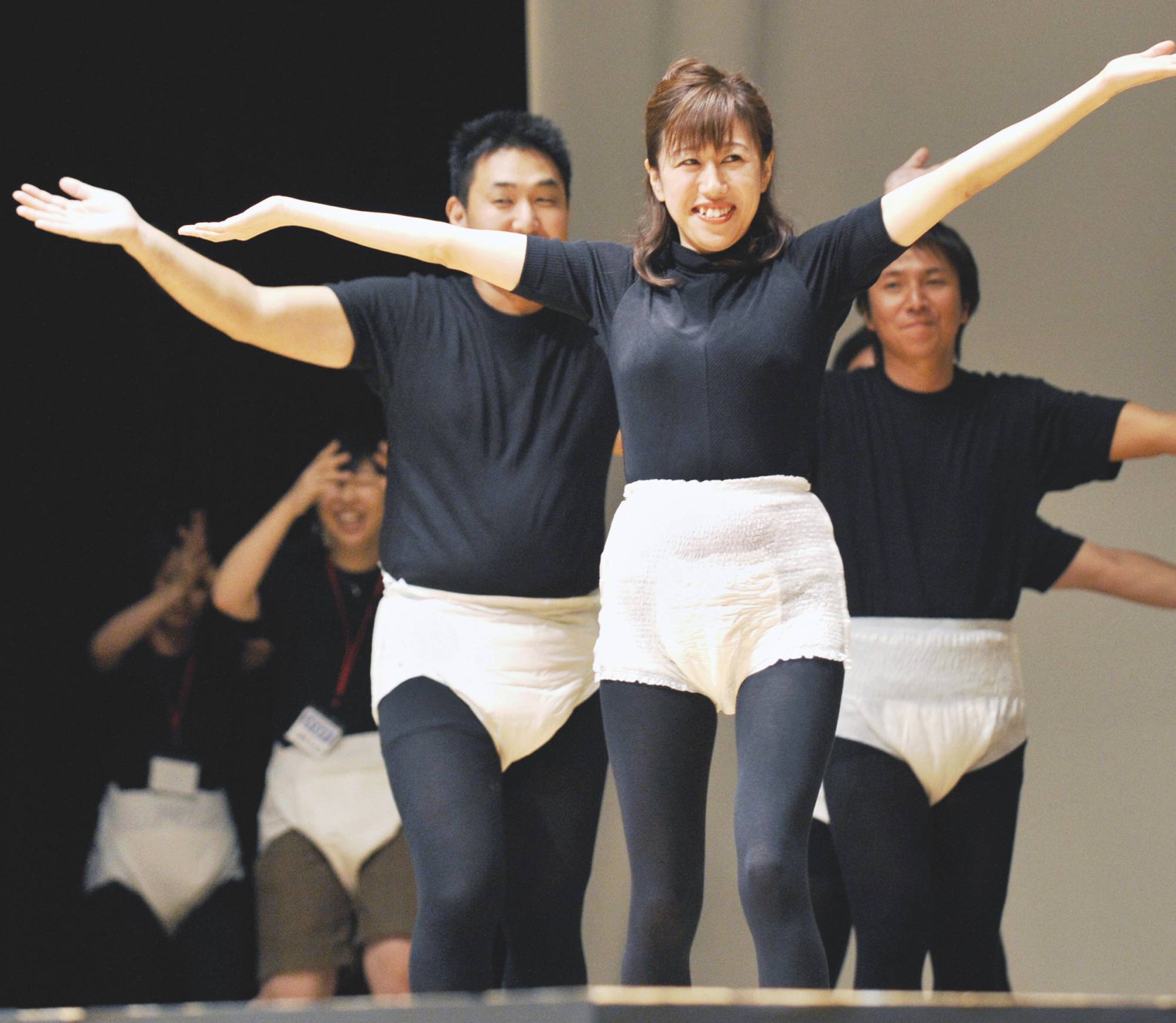Since 2011, sales of adult diapers in Japan have outpaced those for infants, reflecting a decline in the country’s fertility rate (live births per woman) from 3.66 in 1950 to around 1.5 by the early 1990s. Since then, Japanese fertility has remained stuck far below the “replacement rate” (2.1), amounting to a mere 1.3 in 2021.
And geriatric Japan is not alone. Fertility rates have also dropped below the replacement level in all eurozone countries, and they are strikingly low in Hong Kong, Macao, Singapore, South Korea and Taiwan — the five wealthiest East Asian economies, omitting China. At 0.81 and 1.38, respectively, South Korea and Hong Kong’s 2021 fertility rates are among the lowest in the world.
Moreover, China is likely to record an absolute decline in its population in 2023. Though the government ended its 35-year-old one-child policy in 2016, China’s fertility rate stood at just 1.16 in 2021, down from as high as 6.3 as recently as 1968. The United Nations has revised down its projection of the size of China’s working-age population (those between 15 and 64) in 2100 by a startling 201 million, from 579 million to 378 million. This trend poses a big problem for the Chinese economy.



















With your current subscription plan you can comment on stories. However, before writing your first comment, please create a display name in the Profile section of your subscriber account page.